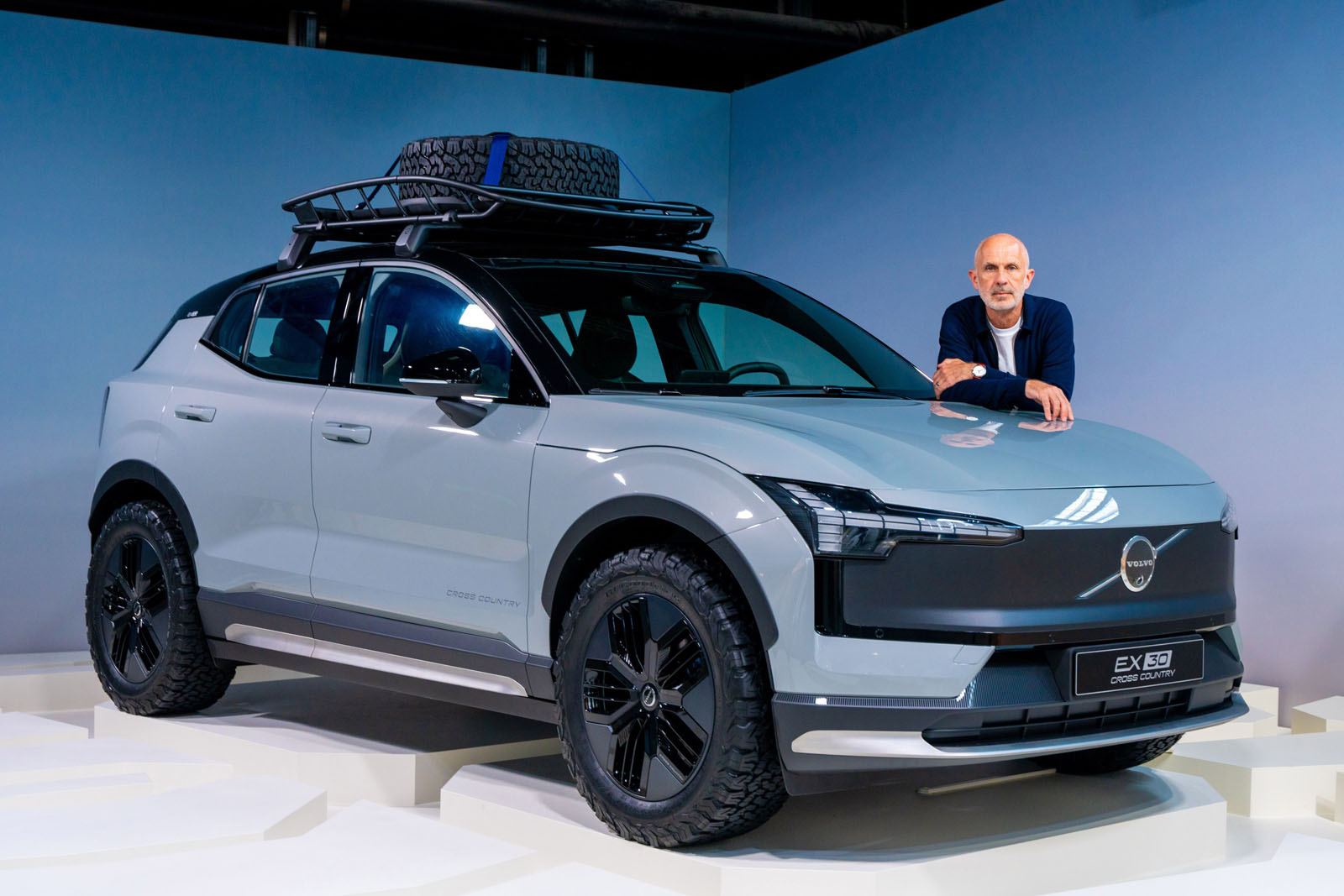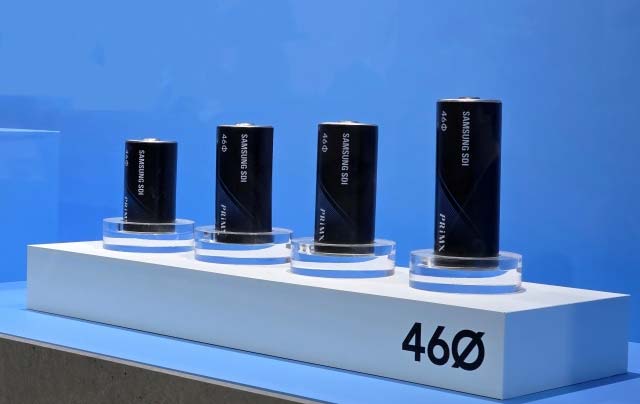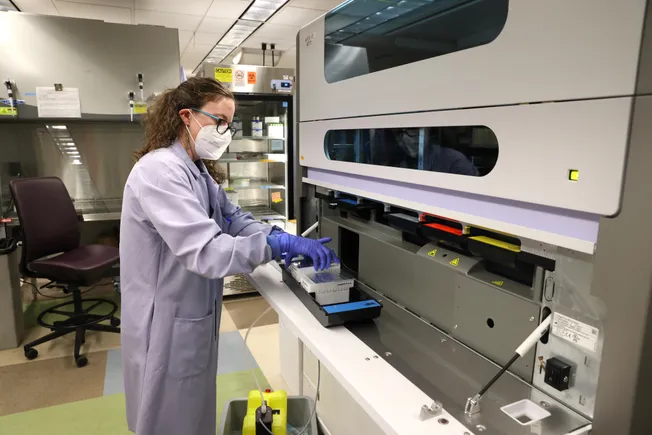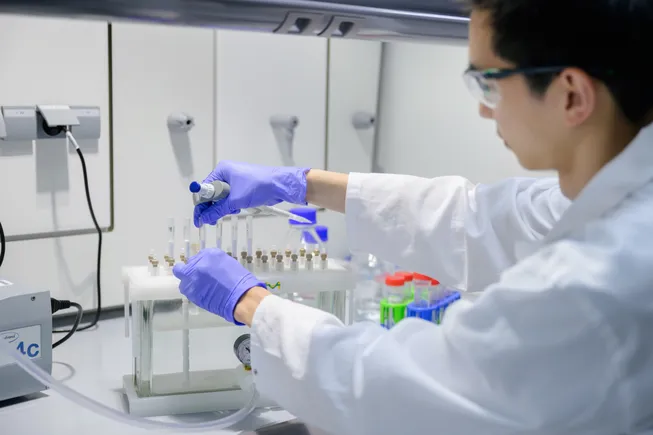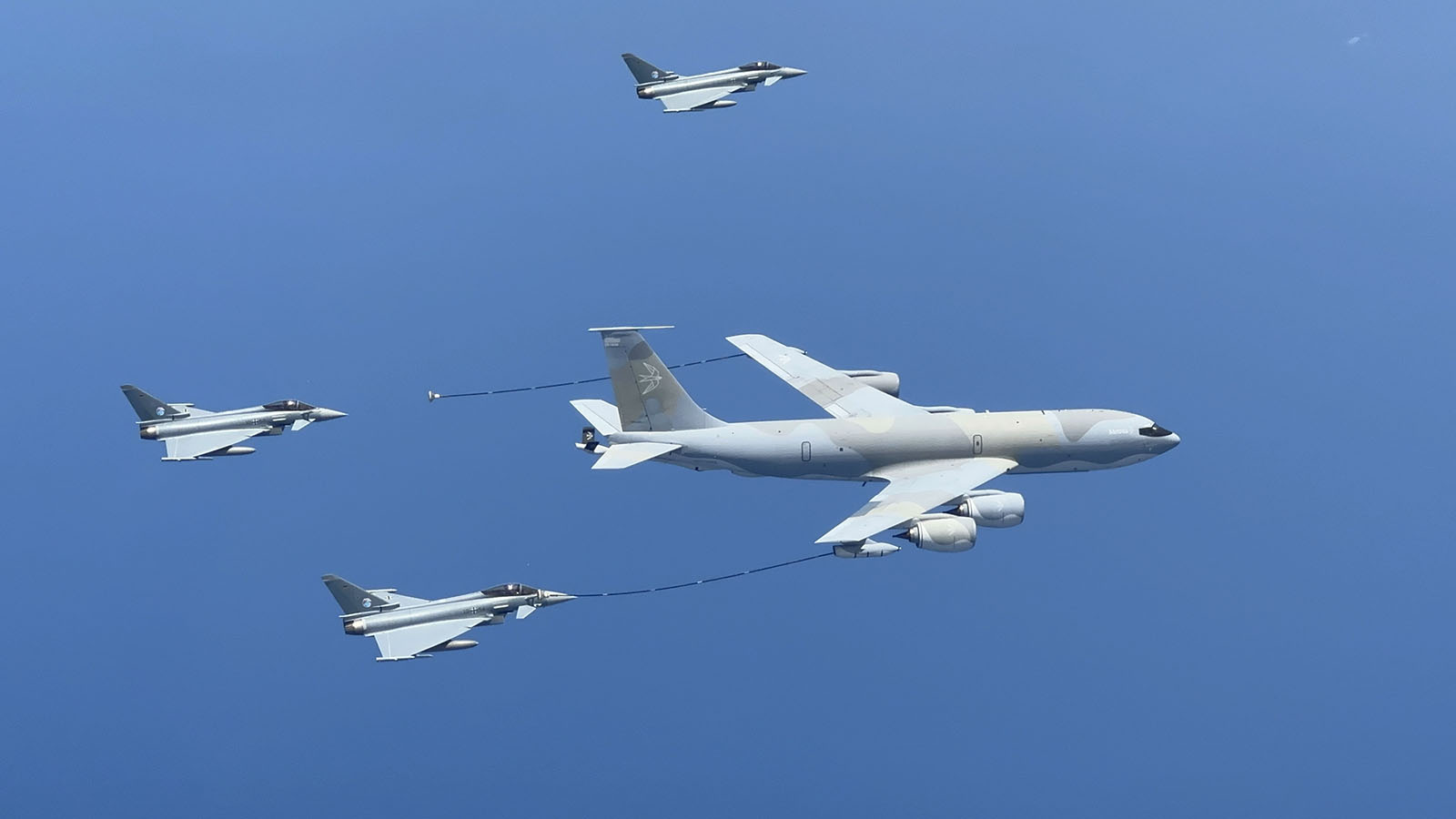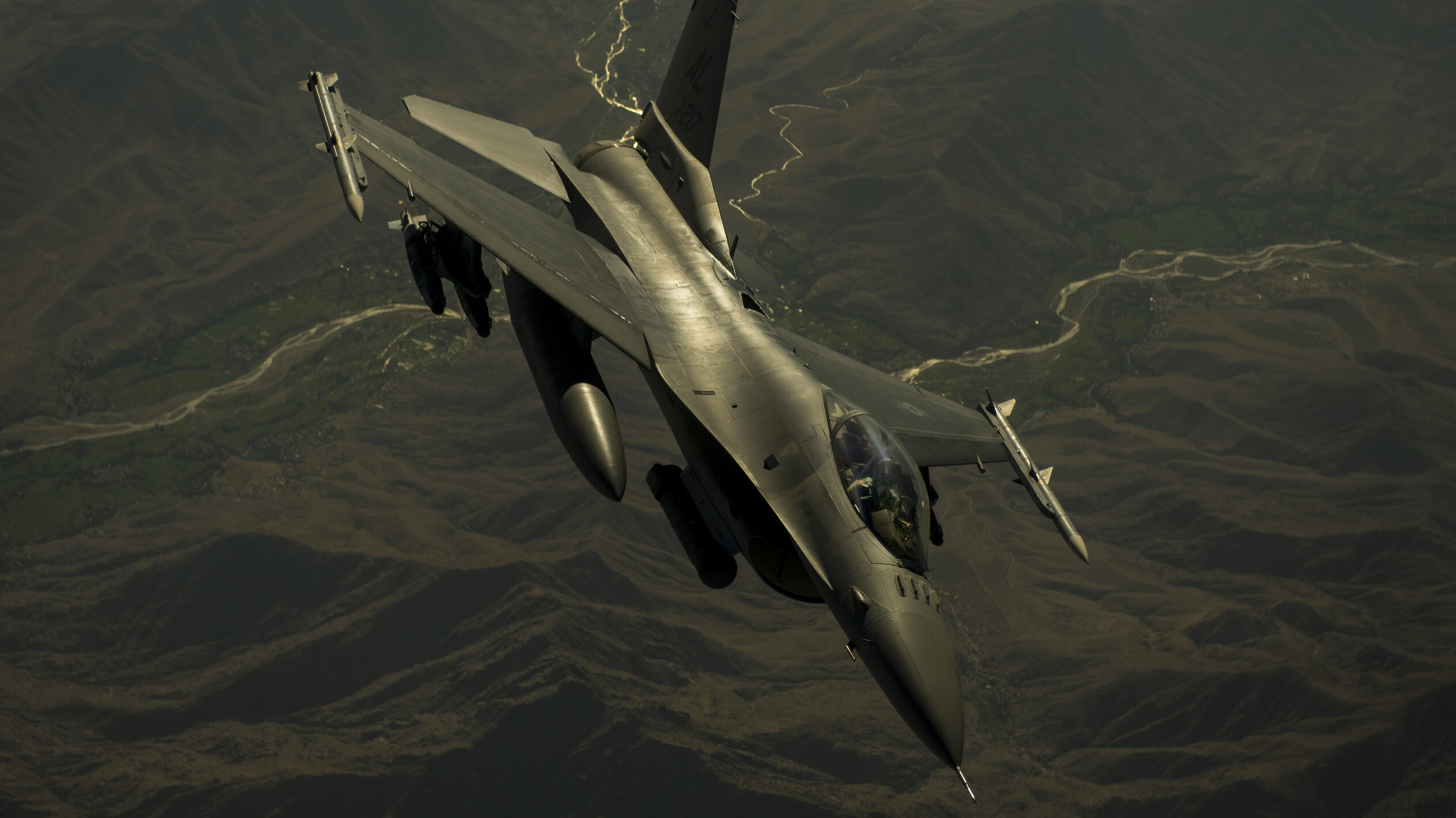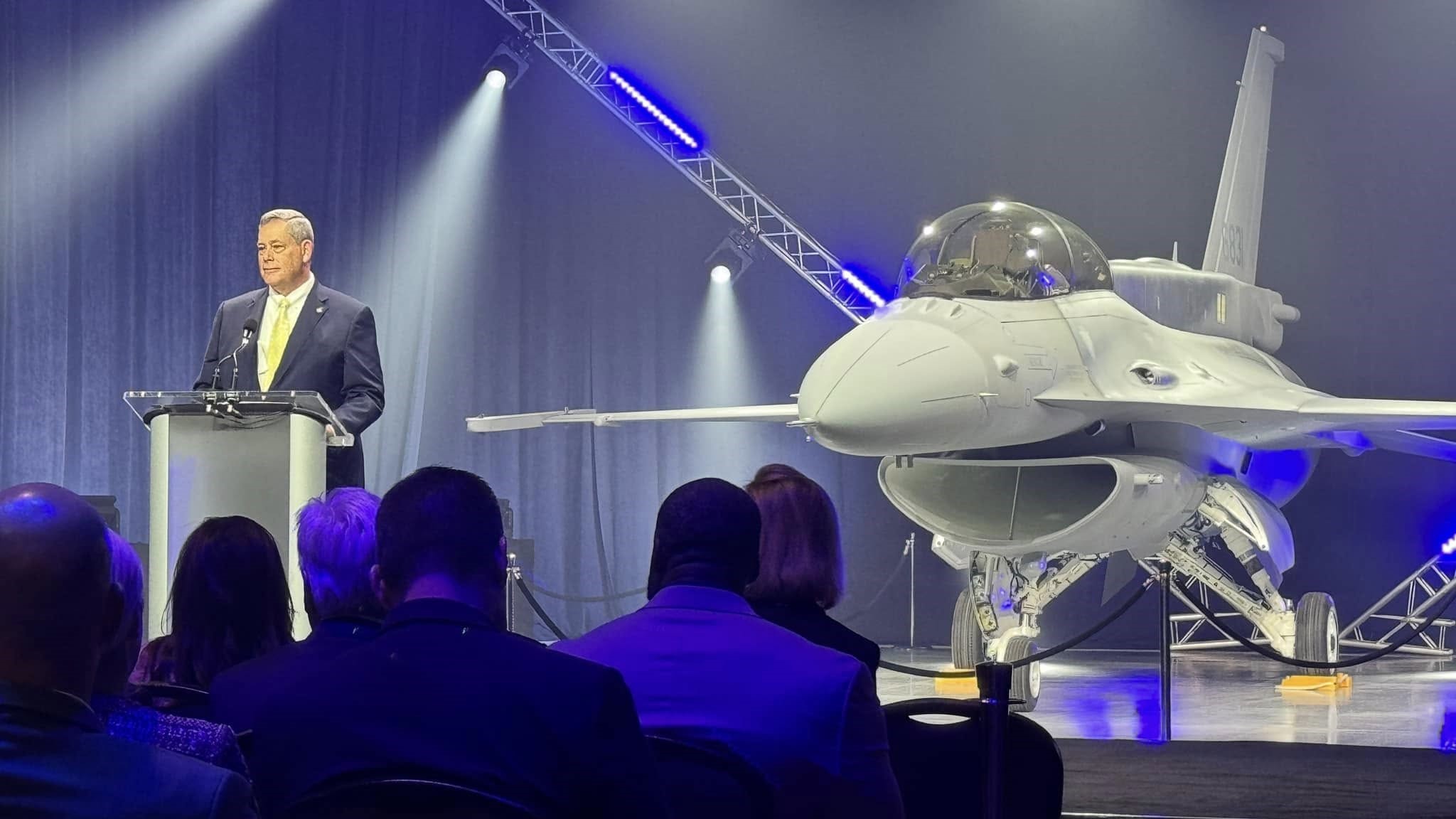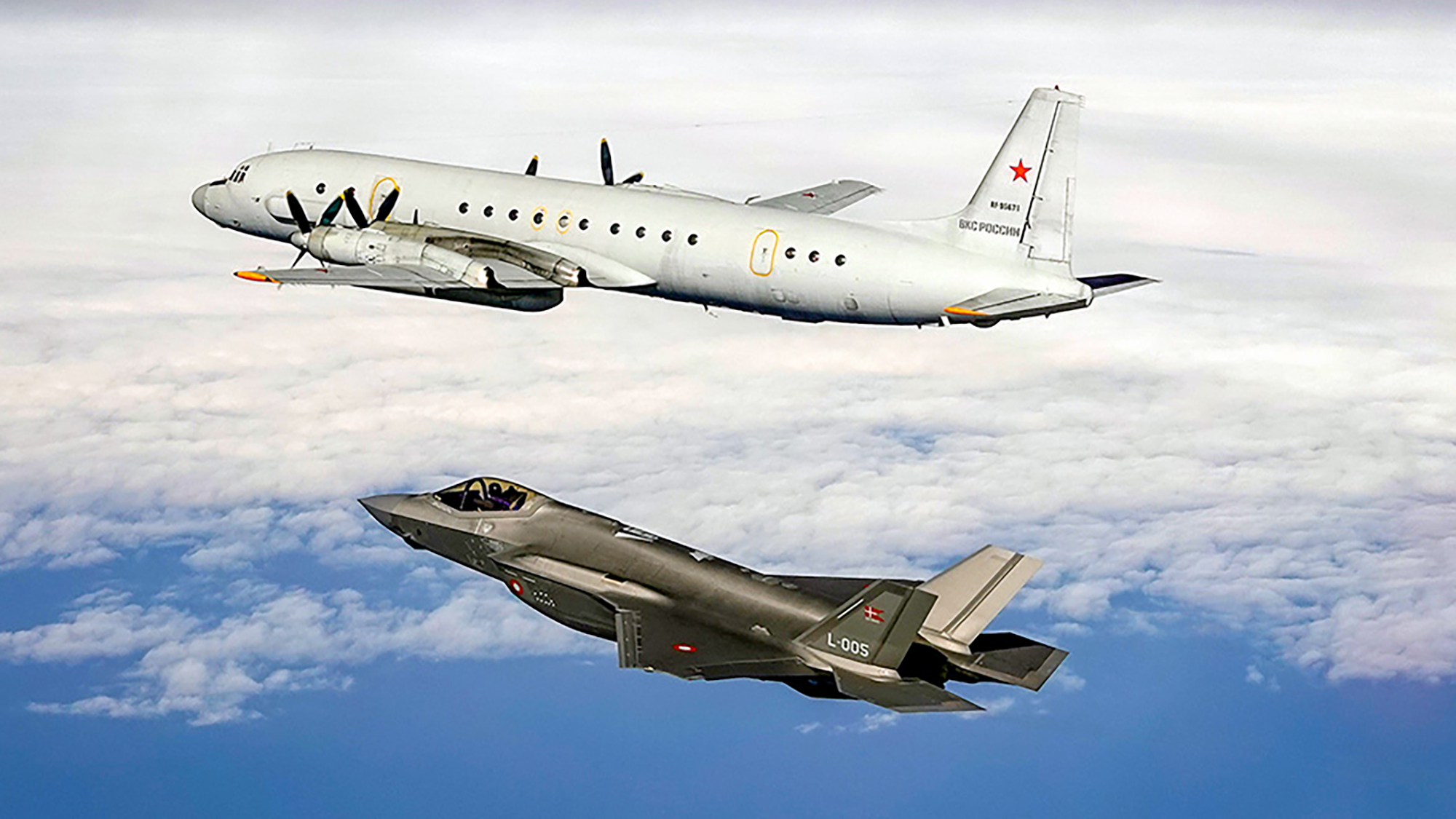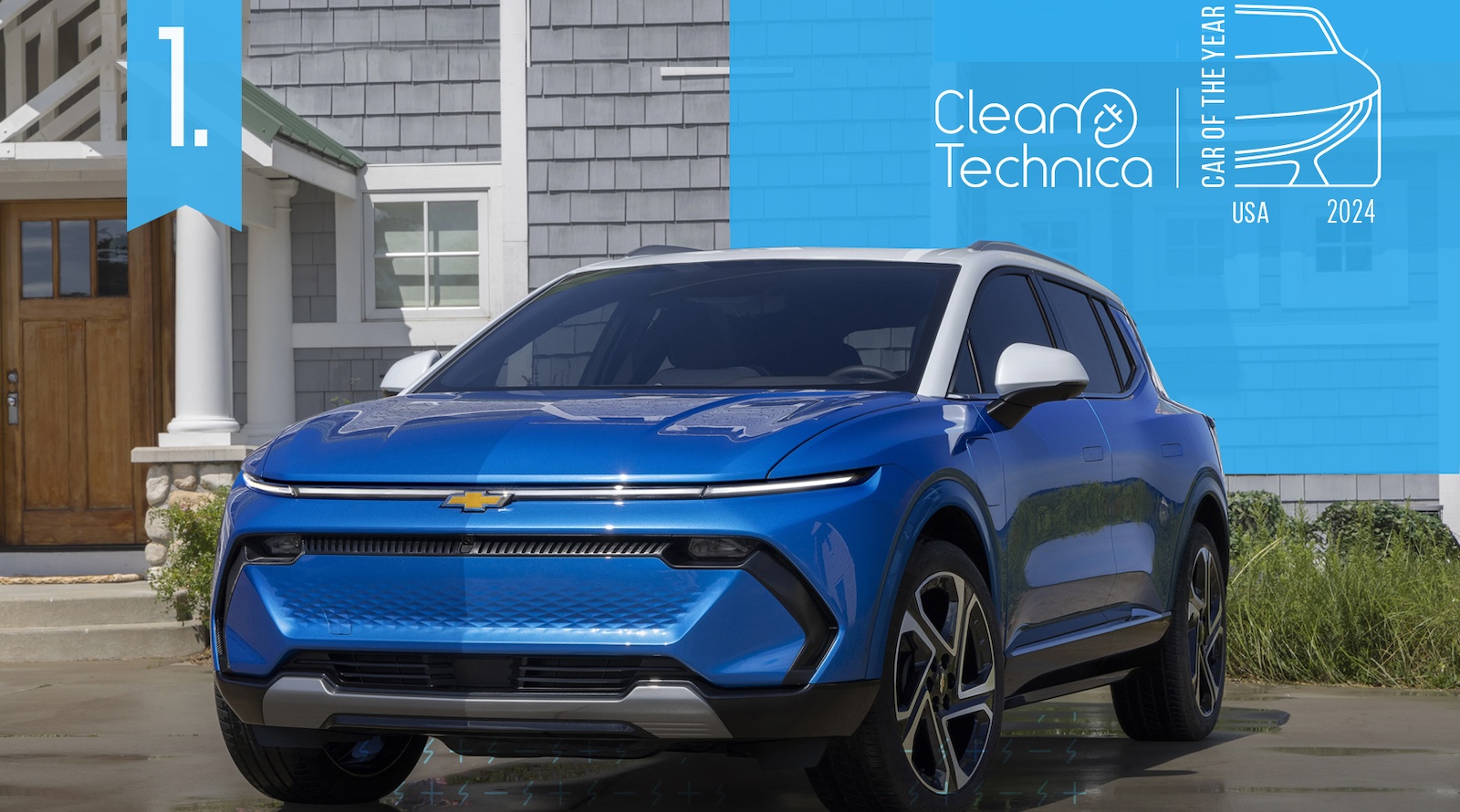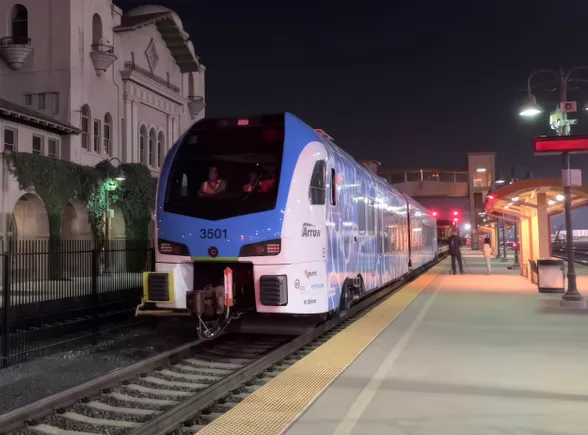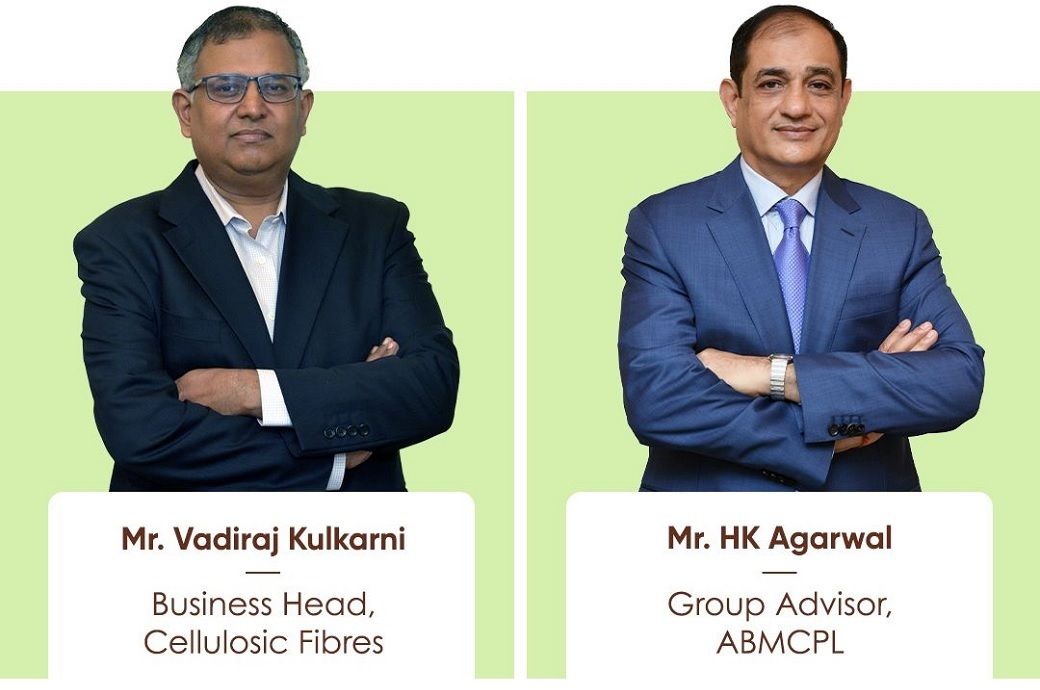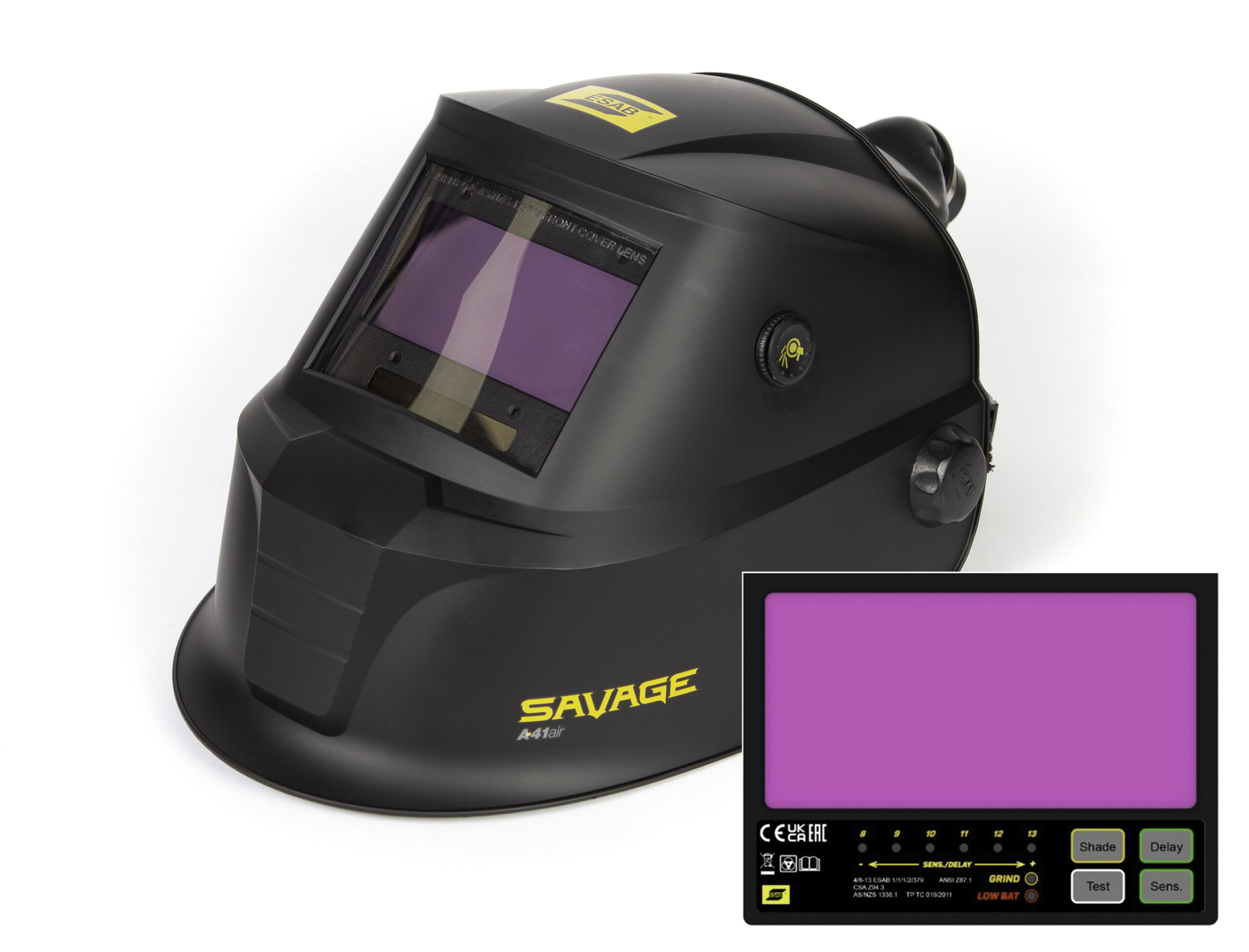Automating Deburring and Edge Blending Processes
Advancements in the world of robotics and automation, combined with new abrasive products, provide better options for deburring processes. The post Automating Deburring and Edge Blending Processes appeared first on Fabricating & Metalworking.


To meet increasingly demanding requirements for achieving tight tolerances, lowering costs and driving throughput, manufacturers in the transportation sector are looking for new and better ways to optimize processes. Many manufacturers concentrate heavily on the overall cycle time of a process, focusing resources on the grinding or machining operations, while giving less thought to the final deburring steps. However, finishing and deburring processes can make or break the final part conformance (to specifications) and are also critical for both part handling safety and part use in the final application.
Components such as gears for transmissions must be burr-free to ensure the longevity of the gear teeth and to maintain driveline efficiency. Aerospace components including blades, vanes, and discs must hold tight tolerances to maximize airflow efficiency which affects fuel spend and operating income. For example, the shapes (and edges) of airfoils are designed specifically to direct airflow to maximize the efficiency of the combustion. This in turn allows for increased engine efficiency.
In many cases, due to complex part geometries and variation in burr size, the final deburring process has historically been a manual one. It typically consists of a group of operators working with small hand tools to achieve the final tolerances. This can be time consuming and inconsistent, while producing operator fatigue, so more reliable and cost-effective parts production is being increasingly sought out.
Fortunately, recent advancements in the world of robotics and automation combined with new abrasive products from companies such as Norton | Saint-Gobain Abrasives provide better options for deburring processes. Recently, the Norton Abrasive Process Solutions (APS) team in Northborough, Mass., worked with several customers, spanning industries such as aerospace and automotive, to support a challenging manufacturing task — to use automation to achieve a final finish and roundness profile on the edges of ground and machined components.

The introduction of automation has enabled the use of multi-axis robot and CNC machining centers used in conjunction with grinding abrasives to control the edge break and edge rounding process. Products such as Dedeco Sunburst bristle disc technology, available from Norton, uses class-leading abrasive mixed into plastisol bristle discs to provide consistent edge break and edge rounding processes when used in conjunction with automation. The use of these products with a more automation-focused solution has also shown a superior level of consistency when compared with offhand grinding.
The APS team has had several successful trials highlighting the ability of a robotic or CNC system to utilize the bristle disc technology to produce conforming customer parts, while capitalizing on the benefits of automation. In one example, a manufacturer was grinding the gear teeth on a transmission spur gear. The customer needed to debur the parts prior to assembling them in the transmission housing and was required to maintain a critical edge break on the faces of the teeth. Using a Sunburst cup brush, the APS team proved that with proper operating parameters, including oscillation and minimal engagement of the bristle disc teeth, the burrs could be removed and a uniform edge could be put on the gear face. The use of a robot for this application allowed the customer to control these operating parameters much more accurately than an operator could, thereby maximizing the performance of the abrasive.
In a similar example, an aerospace customer provided the APS team with cast blades and vanes that needed both deburring and edge break on critical edges ranging from root to tips to airfoil edges. By carefully controlling the engagement, tool path, and abrasive tool speed, the team was able to show that a CNC milling machine could complete the required deburring and edge break features. In this example, the team utilized a 6-axis robot but locked out several of the axes to simulate a CNC milling center. The programmed speeds and feeds for the tool were based on the capabilities of the machining center to allow for easier transition of the process from the lab to the customers’ machines. This helped the customer recognize the feasibility of this process, and they are now running this at volume in a production environment.
Leveraging the benefits of automation in grinding processes may seem intimidating, but the APS team was able to eliminate the guess work by proving-out processes, expediting testing time and providing customers with faster, complete solutions. These efforts will help to grow domestic manufacturing and in the case of edge breaks and blending, the bristle discs have shown tremendous success in providing a better option for the consistent production of high-quality parts.
The post Automating Deburring and Edge Blending Processes appeared first on Fabricating & Metalworking.

















